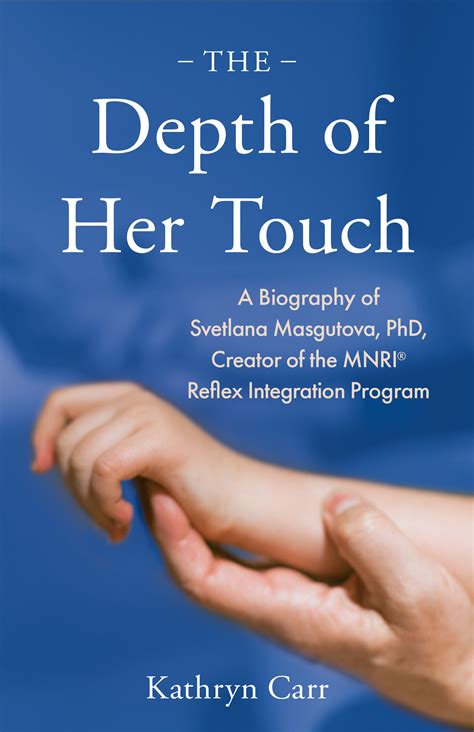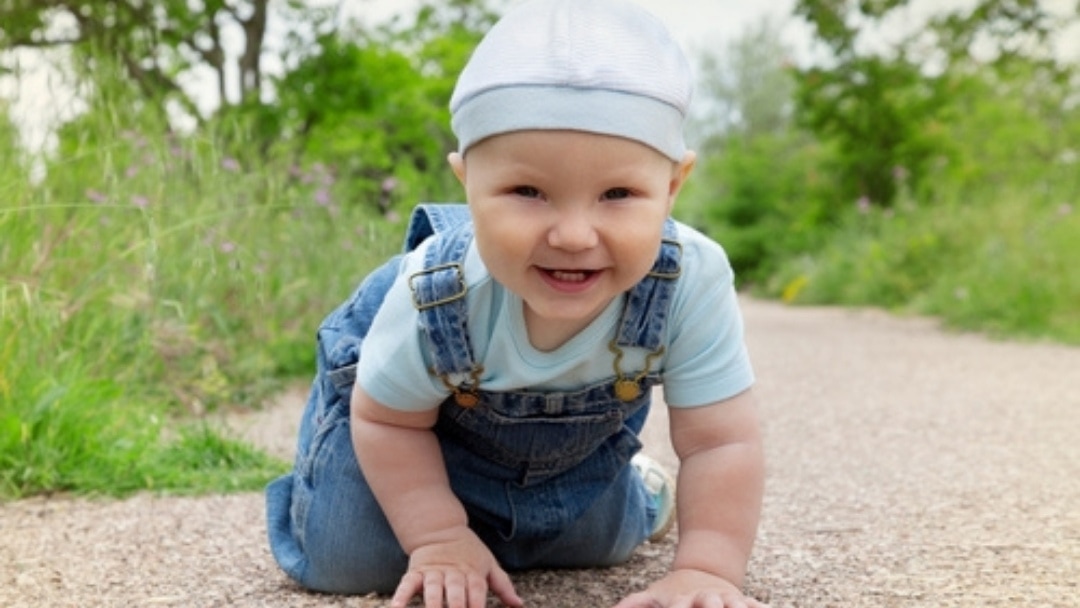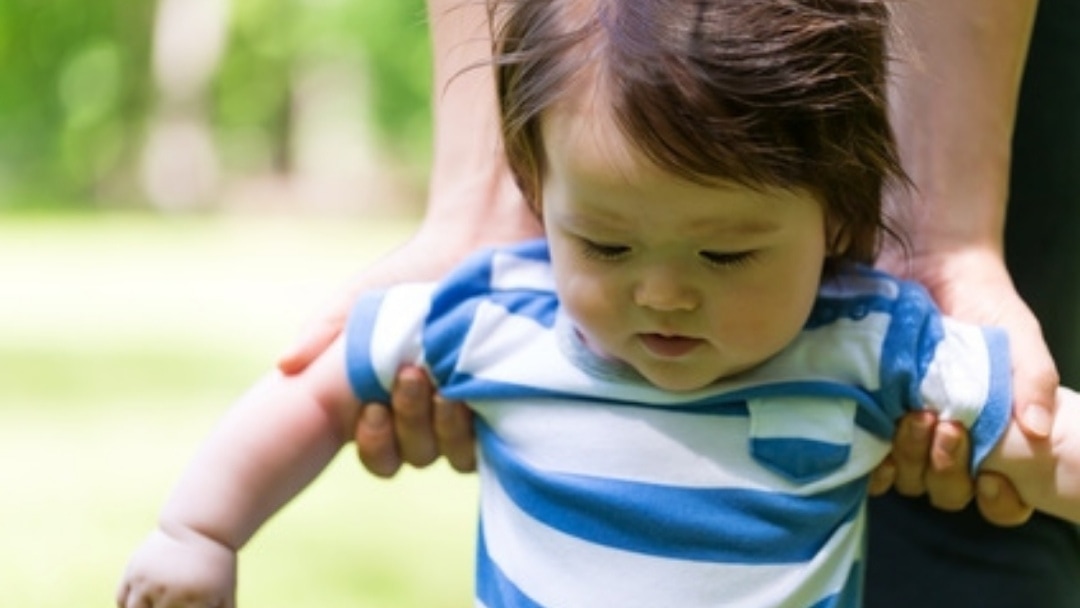We interviewed Svetlana Masgutova PhD and Kathryn Carr about the MNRI® Masgutova Neurosensorimotor Reflex Integration. You can watch the replay below. Please note that Dr. Masgutova’s audio was often choppy, as she was joining in from a hotel in Croatia. You can find a copy of Dr. Masgutova’s slides here.
What Is a Retained Reflex?
Svetlana Masgutova PhD, renowned reflex integration specialist, describes a reflex as an “automatic response of the nervous system as a result of a trigger from a stimulus”.
As babies mature, they develop postural reflexes that are much more mature patterns of reflexes to help control balance, coordination and sensorimotor development.
In some cases, babies retain their primary reflexes past the first year of life because they fail to integrate them well with the rest of their nervous system.
These are called retained reflexes. This may happen when there is too much overload and stress for the nervous system to handle and process. Retained reflexes can be a sign of neurodevelopmental damage caused by trauma or an overload of toxicity and stressors.
In This Webinar
Dr. Masgutova’s life’s work is the Masgutova Method, also known as MNRI® (Masgutova Neurosensorimotor Reflex Integration). In this webinar, Dr. Masgutova and her biographer, Kathryn Carr, helped us to answer the following questions:
- What are primary reflexes?
- What are common causes of retained reflexes?
- How does trauma, including birth trauma, contribute to retained reflexes?
- What is MNRI®?
- How does MNRI® help to reduce symptoms in children with neurological and neurodevelopmental conditions such as autism, ADHD, SPD, developmental delays and learning disabilities?
- What are some examples of improvements in children who have undergone MNRI® therapy?
Please note that you will be asked to provide your email address at the 30-minute mark to continue viewing the replay.
About Svetlana Masgutova PhD
Svetlana Masgutova PhD is a world-renowned authority on reflex integration and neurodevelopment. Dr. Masgutova is an active founder of the U.S.-based Svetlana Masgutova Educational Institute for Neuro-Sensory-Motor and Reflex Integration, LLC, a global organization, and the International Dr. Svetlana Masgutova Institute in Poland.
She is the founder and lecturer of the U.S-.based nonprofit Masgutova Graduate School of NeuroDevelopmental Sciences. She is a member of the Lake Nona Performance Club’s Medical Advisory Council.
Since 1989, Dr. Masgutova has been leading research and has studied the influence of primary neurosensory-motor reflex patterns on different aspects of neurodevelopment and learning.

Her work focuses on the concepts of reflex integration processes to facilitate sensory processing, motor-physical and sensory-motor rehabilitation, emotional and post-trauma recovery, and education and neurodevelopmental enrichment.
Dr. Masgutova earned a PhD in psychology in 1988 in Russia. She also received a post-graduate degree in clinical neuro-speech development in Poland. She has authored more than 200 published works on psychology, education, neurosensorimotor reflex integration, and sensorimotor-based development.
To learn more about her and her work, please visit MasgutovaMethod.com and MasgutovaGraduateSchool.com.
About Kathryn Carr

During her journalism career, Kathryn oversaw the editorial team for Edible Cleveland, which was named one of Ohio’s top magazines. She also was a copy editor and designer for the Pensacola (Fl.) News Journal and collaborated on a newsroom reporting project that was nominated for a Pulitzer Prize.
Kathryn earned a master of fine arts degree in journalism from Kent State University in Ohio. She and her family live in northeast Florida, and she is passionate about helping to advance the awareness and visibility of the MNRI® / Masgutova Method.
Disclaimer
This webinar is not a substitute for medical advice, treatment, diagnosis, or consultation with a medical professional. It is intended for general informational purposes only and should not be relied on to make determinations related to treatment of a medical condition. Epidemic Answers has not verified and does not guaranty the accuracy of the information provided in this webinar.
Still Looking for Answers?
Visit the Epidemic Answers Practitioner Directory to find a practitioner near you.
Join us inside our online membership community for parents, Healing Together, where you’ll find even more healing resources, expert guidance, and a community to support you every step of your child’s healing journey.
Sources & References
Amos, P. Rhythm and timing in autism: learning to dance. Front Integr Neurosci. 2013 Apr 19;7:27.
Barnhill, E. Neural connectivity, music, and movement: a response to Pat Amos. Front Integr Neurosci. 2013 Apr 24;7:29.
Akhmatova, N.K., et al. Influence of MNRI on the Immune Status of Children with Down Syndrome. Journal of Clinical & Cellular Immunology. 8 (2017): 1-8.
Bell, C., et al. The Effect of the MNRI Method on Neurotransmitter Biomarkers of Individuals with Neurodevelopmental Disorders. Neuroscience and Medicine. 2019.
Cho, H., et al. Effects of Action Observation Training with Auditory Stimulation on Static and Dynamic Balance in Chronic Stroke Patients. J Stroke Cerebrovasc Dis. 2020 May;29(5):104775.
Deiss, T., et al. Physiological Markers and Reflex Pattern Progression in Individuals with Neurodevelopmental Deficits Utilizing the MNRI Method. Neuroscience and Medicine. 2019.
Grigg, T.M., et al. Retained primitive reflexes: Perceptions of parents who have used Rhythmic Movement Training with their children. J Child Health Care. 2018 Sep;22(3):406-418.
Grzywniak, C. Integration exercise programme for children with learning difficulties who have preserved vestigial primitive reflexes. Acta Neuropsychologica. 2017;15(3).
Hardy, M.W., et al. Rhythm, movement, and autism: using rhythmic rehabilitation research as a model for autism. Front Integr Neurosci. 2013 Mar 28;7:19.
Herbert, J., et al. Crawling is associated with more flexible memory retrieval by 9-month-old infants. Dev Sci. 2007 Mar;10(2):183-9.
Hong, H.J., et al. Effect of Rhythmic Movement Program to Improve Walking Ability for Elderly Patients with Stroke. Indian Journal of Science and Technology. 2016 Jul;9(26).
Iverson, J.M. Developing language in a developing body: the relationship between motor development and language development. J Child Lang. 2010 Mar;37(2):229-61.
Jordan-Black, J. The effects of the Primary Movement programme on the academic performance of children attending ordinary primary school. Journal of Research in Special Educational Needs. 2005 Nov;5(3):101 – 111.
Kadivar, Z., et al. Effect of step training and rhythmic auditory stimulation on functional performance in Parkinson patients. Neurorehabil Neural Repair. 2011 Sep;25(7):626-35.
Ladányi, K. et al. Is atypical rhythm a risk factor for developmental speech and language disorders? Wiley Interdiscip Rev Cogn Sci. 2020 Sep;11(5):e1528.
Lakatos, P., et al. A New Unifying Account of the Roles of Neuronal Entrainment. Curr Biol. 2019 Sep 23;29(18):R890-R905.
Masgutova, S., et al. Effect of the MNRI Reflex Neuromodulation on the QEEG and Neurotransmitters of Children Diagnosed with Cerebral Palsy. 2020.
Masgutova, S., et al. Effects of MNRI Visual Reflex Neuro-Training on Visual and Academic Skills of Children with Autism. International Journal of School and Cognitive Psychology 05 (2018): 1-15.
Masgutova, S. Post-Trauma Recovery in Children of Newtown, CT using MNRI Reflex Integration. Journal of
Traumatic Stress Disorders & Treatment. 5(5) 2017.
Masgutova, S., et al. Reflex Profile of Children with Down Syndrome Improvement of Neurosensorimotor Development Using the MNRI® Reflex Integration Program. International Journal of Neurorehabilitation. 3 (2016): 1-9.
Masgutova, S., et al. Progress with Neurosensorimotor Reflex Integration for Children with Autism Spectrum Disorder. 2016.
Masgutova, S. Reflex Integration Disorder as a New Treatment Paradigm for Children with Autism. 2015.
McWhirter, K., et al. The association between learning disorders, motor function, and primitive reflexes in pre-school children: A systematic review. J Child Health Care. 2022 Jul 13;13674935221114187.
Melillo, R., et al. Persistent Childhood Primitive Reflex Reduction Effects on Cognitive, Sensorimotor, and Academic Performance in ADHD. Front Public Health. 2020 Nov 17;8:431835.
Mohamed, M.A., et al. Sensory integration versus Masgutova neuro-sensorimotor reflex integration program on controlling primitive reflexes and gross motor abilities in children with diplegic cerebral palsy. Physiother Res Int. 2023 Jun 29;e2030.
Nowak, K., et al. Evaluation of the Therapeutic Effect of MNRI Reflex Neuromodulation on Children Diagnosed with Autism Based on Reflex Assessments, QEEG Analysis and ATEC Questionnaire. 2020.
Pilecki, W., et al. The impact of rehabilitation carried out using the Masgutova Neurosensorimotor Reflex Integration method in children with cerebral palsy on the results of brain stem auditory potential examinations. Adv Clin Exp Med. 2012 May-Jun;21(3):363-71.
Schmidt, N.B., et al. Exploring human freeze responses to a threat stressor. J Behav Ther Exp Psychiatry. 2008 Sep;39(3):292-304.
Suh, J.H., et al. Effect of rhythmic auditory stimulation on gait and balance in hemiplegic stroke patients. NeuroRehabilitation. 2014;34(1):193-9.
Tatarinova, T.V., et al. The Impact of MNRI Therapy on the Levels of Neurotransmitters Associated with Inflammatory Processes. Int J Mol Sci. 2020 Feb 18;21(4):1358.
Van Hirtum, T., et al. Is atypical rhythm a riskfactor for developmental speech and language disorders? J Assoc Res Otolaryngol. 2021 Jul;22(4):465-480.
Winkler, I., et al. Newborn infants detect the beat in music. Proc Natl Acad Sci U S A. 2009 Feb 17;106(7):2468-71.
Zaigham, M., et al. Prelabour caesarean section and neurodevelopmental outcome at 4 and 12 months of age: an observational study. BMC Pregnancy and Childbirth. 2020 (20)564.
Zentner, M., et al. Rhythmic engagement with music in infancy. Proc Natl Acad Sci U S A. 2010 Mar 30;107(13):5768-73.
Resources
Articles
Svetlana Masgutova Educational Institute: What can make reflexes dysfunctional.
Books
Blomberg MD, Harald and Dempsey, Moira. Movements That Heal, Rhythmic Movement Training and Primitive Reflex Integration. Independenly published, 2011.
Brandes, Bonnie. The Symphony of Reflexes: Interventions for Human Development, Autism, ADHD, CP, and Other Neurological Disorders. CreateSpace Independent Publishing Platform, 2016.
Dennison, Paul E., et al. Brain Gym: Simple Activities for Whole Brain Learning. Edu Kinesthetics. June 1, 1992.
Goddard Blythe, Sally. The Well Balanced Child: Movement and Early Learning. Hawthorn Press, 2005.
Goddard, Sally. Reflexes, Learning and Behavior, A Window Into the Child’s Mind. Fern Ridge Press, 2005.
Carr, Kathryn. The Depth of Her Touch: A Biography of Svetlana Masgutova, PhD, Creator of the MNRI® Reflex Integration Program. Svetlana Masgutova Educational Institute. September 1, 2023.
A Collective Work. Reflexes: Portal to Neurodevelopment and Learning. Svetlana Masgutova Educational Institute, LLC; First Edition. January 1, 2015.
Masgutova, Denis, et al. Parents’ Guide to MNRI® Masgutova Neurosensorimotor Reflex Integration. Svetlana Masgutova Educational Institute, LLC; First Edition. January 1, 2015.
Masgutova, Svetlana, et al. Autism: Maximize Potential with MNRI® Reflex Integration. Svetlana Masgutova Educational Institute; First Edition. January 1, 2023.
Masgutova, Svetlana, et al. MNRI® Reflex Integration for Your Daily Well-Being. Svetlana Masgutova Educational Institute, LLC. January 1, 2020.
Masgutova, Svetlana, et al. Post Trauma Recovery: Gentle, Rapid, and Effective Treatment with Reflex Integration. 1st World Publishing. January 17, 2018.
Masgutova, Svetlana, et al. Trauma Recovery – You Are A Winner; A New Choice Through Natural Developmental Movements. 1st World Publishing. May 24, 2007.
Websites
Balance Brain Achievement Centers
Institute for Neuro-Physiological Psychology
My Child Will Thrive: Primitive Reflexes Cheat Sheet



